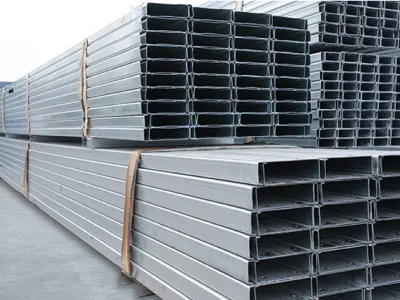
This is the most common type of structural steel used in industry due to its high tensile strength and cost-effectiveness. It contains carbon, which increases its strength, and it may also contain small amounts of other elements like manganese, phosphorus, sulfur, and silicon. Carbon steel is known for its durability, affordability, and workability.
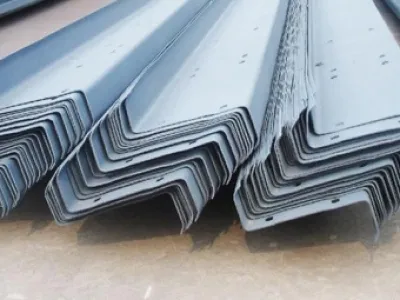
These steels offer better mechanical properties and increased resistance to atmospheric corrosion compared to carbon steel. They contain additional elements like manganese, chromium, nickel, molybdenum, and others in small amounts to achieve their enhanced properties.
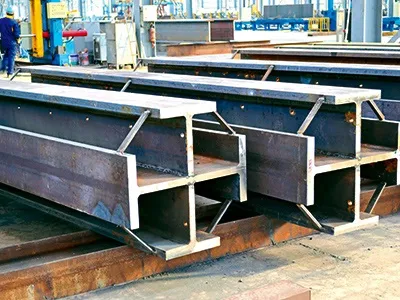
Forged steel is produced by shaping the steel through forging, which involves heating and hammering or pressing the steel into the desired shape. This process results in a stronger and more durable material compared to cast or rolled steel.
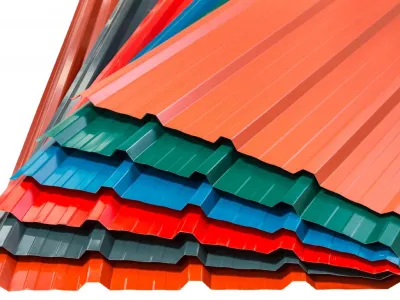
These steels are heat-treated to achieve increased strength and are often used in critical structural applications where high strength is required. They are typically available in plate form and can be up to 6 inches thick.
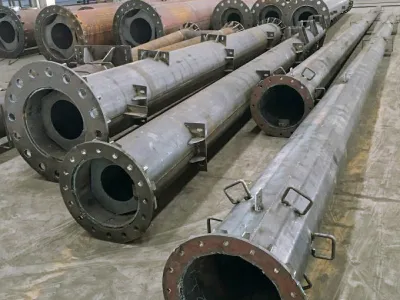
While not as common in structural applications due to its higher cost, stainless steel is used in environments where corrosion resistance is crucial. It contains chromium, which forms a protective layer to prevent rust, and may also contain molybdenum for additional corrosion resistance.
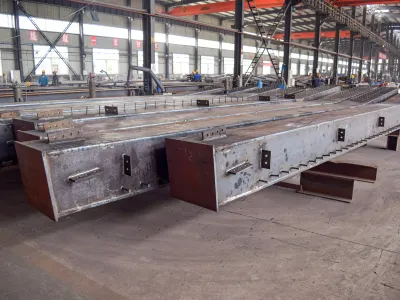
Also known as Corten steel, this type of steel forms a protective rust layer over time, which makes it suitable for outdoor structures where paint or coating is not desired.
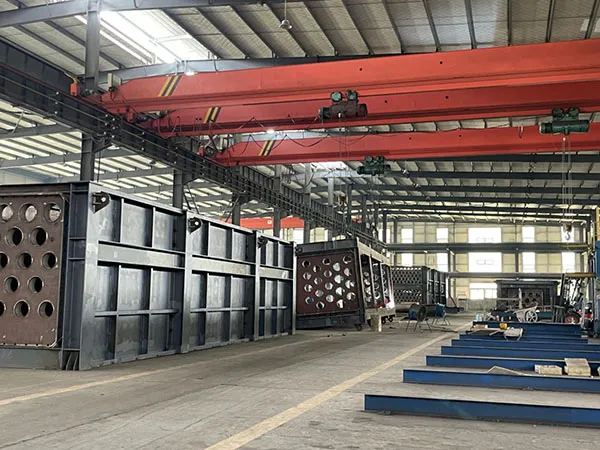
Heating Furnace Project
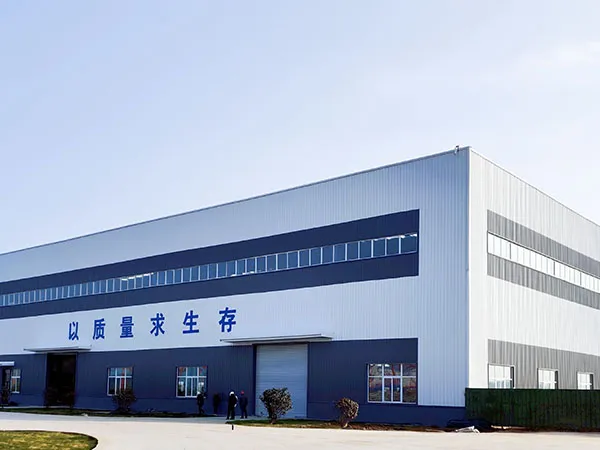
Assembled Steel Buildings
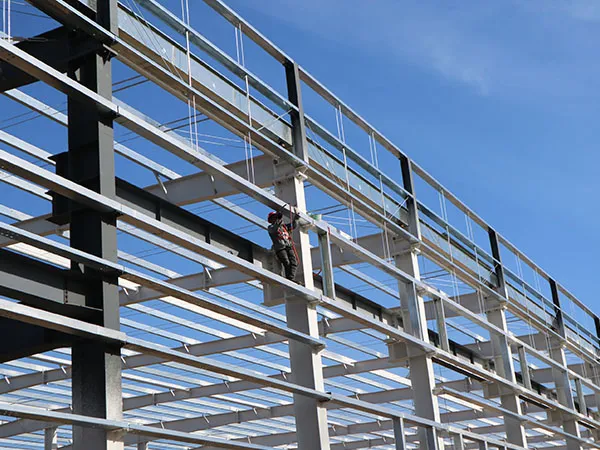
Intelligent Equipment Steel Structure Plant
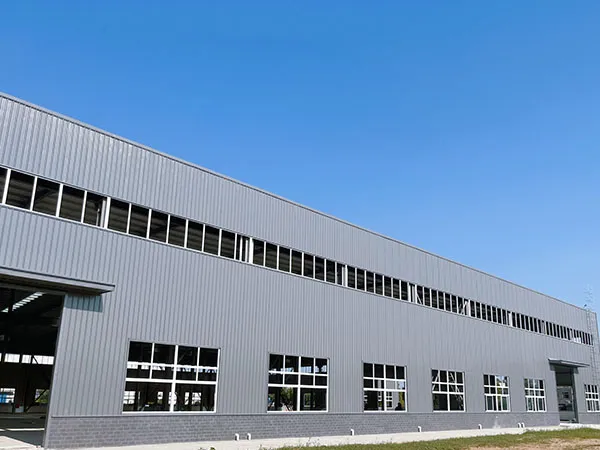
Electrical Steel Structure Factory Project
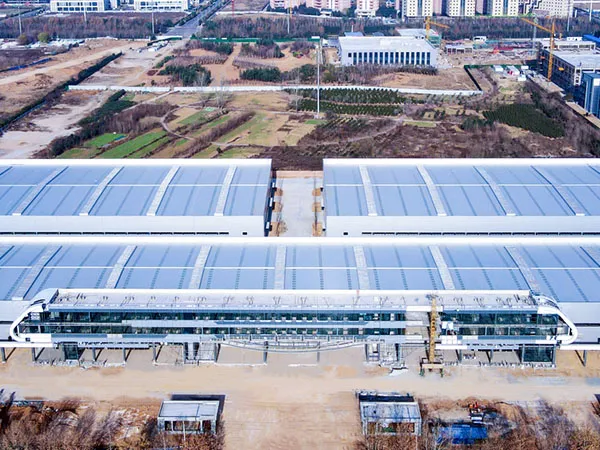
Industrial Park Steel Structure Factory
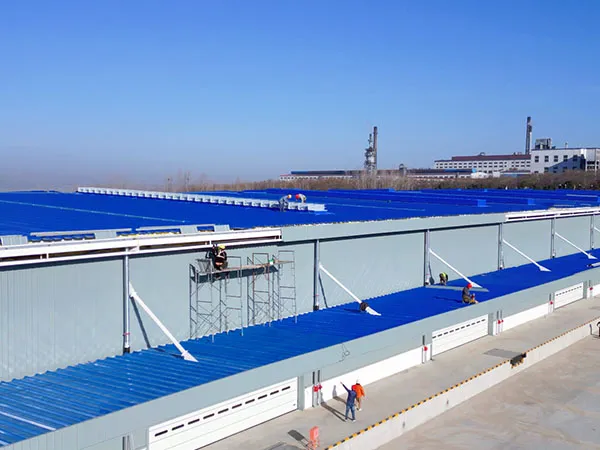
Logistics Park B03 Warehouse Steel Structure Project
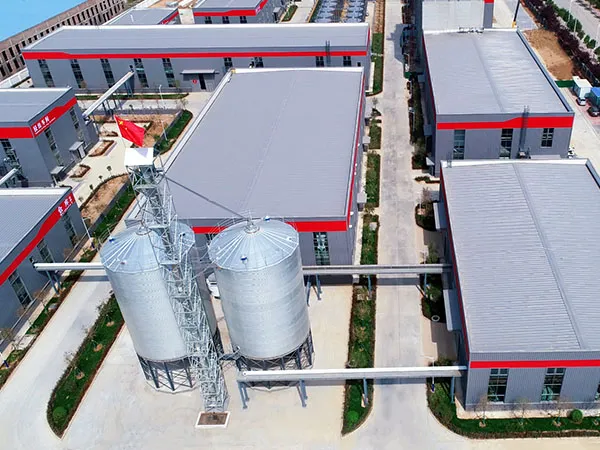
Oil Processing Steel Structure Workshop
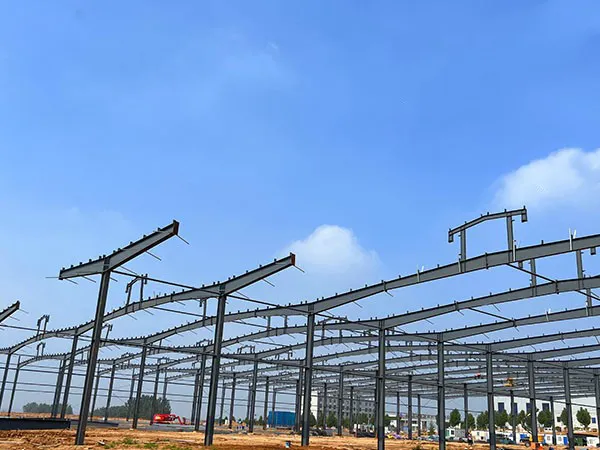
Anak Steel Structure Factory

Luoyang Xingluo Lake Park Ledao Steel Structure Bridge Project